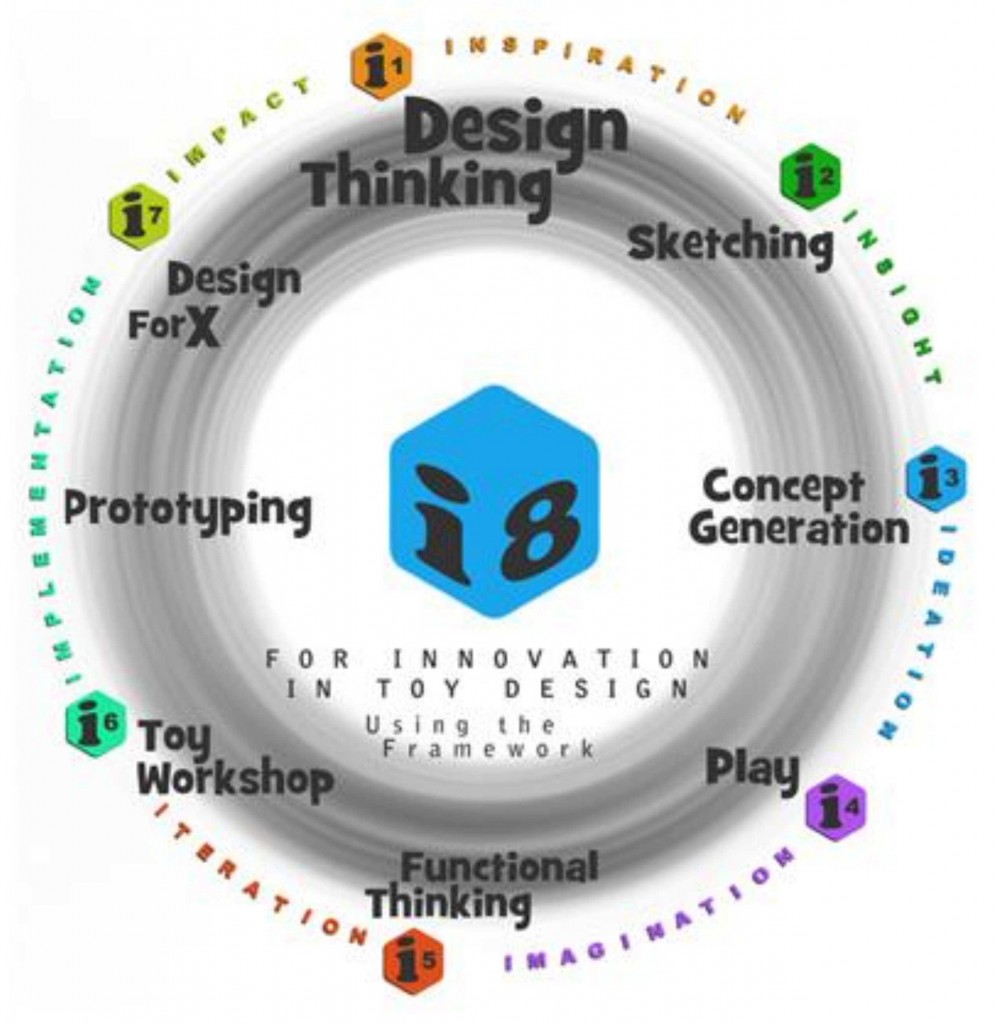Abstract: Design is a complex process which requires several tools, knowledge and procedures in order to be successful. Although technology provide designers with new and improved tools, those tools should be placed in the right stage during the design process, otherwise they could have negative effects. For example, creativity and innovation not necessarily require high-tech tools to be boosted, and literature suggests that engineers are lacking knowledge on such basic tools as freehand sketching. Also there is previous work showing how Computer-Aided Design (CAD)  under certain circumstances  can affect negatively the design outcome, especially affecting novice designers. This paper presents how we redesigned a CAD and prototyping course at Purdue University in order to offer a better framework for design, creativity and engineer. Our intent was to use principles of design thinking and creativity inspired from industrial design and toy design approaches to transform what was previously a course on CAD modeling, to a course on toy design, while at the same time not losing focus on CAD. The approach used in the previous format of the course is explained, followed by the changes made in the course and the theoretical support behind them. Facilities and other resources utilized are discussed. A discussion of the new main modules included is provided. Since the work is still in process, preliminary observations and conclusions are presented. Some observations are in agreement with conclusions from other authors work, improvement on students approach to the design process. Improvements to be implemented in the near future are discussed. An remarkable conclusion is the importance of study and apply the insights from prior art in order to obtain the benefits of those efforts, and not just let that knowledge stay static on paper.
ME 444: Redesigning a Toy Design Course.
Authors: Elkin Taborda, Senthil Chandrasegaran and Karthik Ramani
Proceedings of TMCE 2012, May 7–11, 2012, Karlsruhe, Germany, edited by I. Horváth and Z. Rusák, A. Albers and M. Behrendt.


